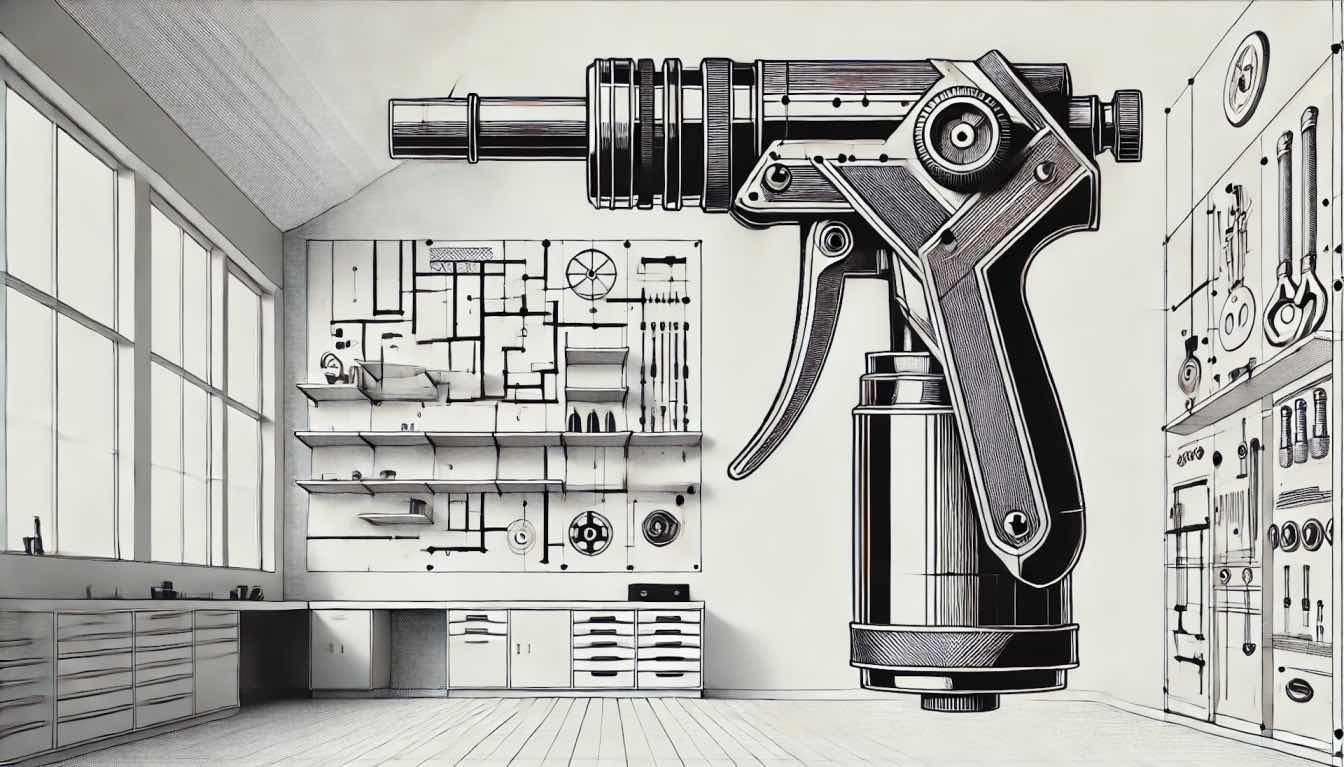Imagine an architectural landscape infused with intelligence and innovation. In 2024, architects are wielding a suite of advanced technologies that challenge traditional design boundaries.
Here we spotlight key breakthroughs like the Manitou alarm monitoring system enhancing security and operational efficiency. Join us as we explore how these technologies leave their indelible mark on the fabric of our built environment.
1. Smart Alarm Systems
Smart alarm systems have revolutionized building safety and operational proficiency. At the forefront is MANITOU, an advanced alarm monitoring software that architects and property managers swear by.
Its integration into the architectural framework provides real-time alerts, ensuring swift responses to any anomalies or security breaches. MANITOU's intuitive design supports a smarter infrastructure, offering peace of mind with its reliability and cutting-edge features in high-security environments.
2. Kinetic Facades
Kinetic facades are redefining building exteriors with their dynamic adaptability to weather and sunlight. This technology, a symphony of moving parts, responds in real-time to its surroundings, optimizing natural light and temperature control.
Architecture now breathes with the environment, slashing energy costs while elevating aesthetic appeal. The result is a living structure that not only saves on utilities but also contributes to the building's interactive experience with its occupants and the urban landscape it inhabits.
3. Augmented Reality Planning
Augmented reality (AR) has transitioned from novelty to necessity in modern architectural planning. AR tools enable architects to overlay their designs onto the physical world, providing an immediate sense of scale and context.
This technology facilitates informed decisions early in the design process, significantly reducing costly revisions. Clients now witness the potential of a space with remarkable clarity, fostering collaboration and satisfaction long before the first brick is laid.
4. 3D Printed Structures
The emergence of 3D printing in construction heralds a new era for rapid prototyping and building. Complex structures are now printed with precision, drastically cutting down construction time and material waste.
3D printing unlocks design possibilities that once defied traditional construction capabilities. Progress in this domain heralds a new frontier where architects can exercise greater creative liberty alongside environmental consciousness, optimizing resource use and curbing ecological footprints.
5. Sustainable Energy Harvesting
Capturing renewable energy has become a cornerstone of eco-friendly architecture. Buildings are now designed to harness solar, wind, and even kinetic energy from human activities.
This approach to sustainability not only powers the buildings themselves but can also contribute excess energy back to the grid. The result: architectural innovations that actively combat energy scarcity and reduce carbon footprints.
6. Adaptive Reuse Technology
Adaptive reuse breathes new life into old structures, blending historical preservation with modern utility. By employing cutting-edge scanning technology and structural analysis software, architects transform aged properties into usable spaces without erasing their storied pasts.
This tech-savvy approach to renovation upholds cultural heritage while meeting contemporary needs for space and efficiency, exemplifying how technology in architecture can respect tradition while embracing progress.
7. Robotic Automation
The construction site is evolving, with robots stepping in to perform tasks that were once manual. These tireless workers bring a new level of precision to tasks such as welding and material handling.
Their presence translates into projects advancing at an unprecedented pace, all while elevating safety standards by reducing human exposure to risky scenarios. Robotics stands poised to redefine efficiency in the architectural sphere.
8. Cloud Collaboration Tools
Cloud collaboration has reshaped how architectural teams operate, dissolving traditional barriers of distance and time. With these tools, updates synchronize instantly across global networks, fostering unparalleled levels of cooperation.
Architects can edit plans simultaneously from continents apart, ensuring that insights flow freely and projects steer clear of delays. In the realm of architecture today, the cloud is a unifying sky under which every stakeholder finds their place.
9. Advanced Building Materials
Today's architects have a palette of advanced materials at their disposal, offering far more than mere strength and durability. Self-healing concrete, transparent aluminum, and aerogels lead the charge, providing transformative attributes like energy efficiency and environmental resilience.
The adoption of such materials means structures not only stand longer but also interact intelligently with their ecosystems, setting a new standard for sustainability and innovation in architecture.
10. Virtual Reality Walkthroughs
Virtual reality (VR) now proves indispensable in architectural design, well beyond its gaming origins. VR walkthroughs plunge stakeholders into realistic simulations of future spaces, inviting detailed input on designs before construction onset.
This immersive preview eliminates guesswork, aligning expectations and reducing rework. The result is a streamlined path from conception to realization, with VR as the guiding tool.
11. AI in Design Development
Artificial intelligence (AI) is revolutionizing early architectural design stages, enhancing data interpretation, and expediting project planning. AI's predictive power extends to foreseeing structural challenges, fine-tuning energy-efficient layouts, and modeling human movement within spaces.
This technological edge equips architects with advanced insights to perfect their blueprints, guaranteeing that each structure is not only visually striking but also fundamentally sound right from the drawing board.
12. BIM Advancements
Building Information Modeling (BIM) technology has grown more sophisticated, becoming a virtual crystal ball for the construction industry. BIM now generates detailed digital representations that serve as a collaborative blueprint for architects, engineers, and contractors.
Enhanced by real-time data exchange, BIM models are living entities that help anticipate problems before they materialize on-site, fostering proactive instead of reactive project management and reducing costly overruns.
13. Interactive Spaces
The intersection of technology and design is now creating spaces that respond to human presence and interaction. Sensors, responsive lighting, and smart glass transform static environments into dynamic experiences that react to the occupants' needs.
Such interactive architectures not only personalize space but also promote energy savings by adapting to usage patterns. The era of responsive design is upon us, where buildings are no longer passive shells but active participants in our daily lives.
The Blueprint of Tomorrow
Architecture's future is etched in the silicon of today's technologies. Embracing these advancements means designing not just buildings, but also experiences—ones that are safer, smarter, and kinder to our planet.





